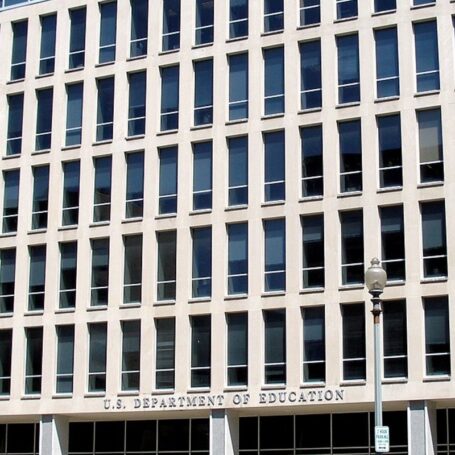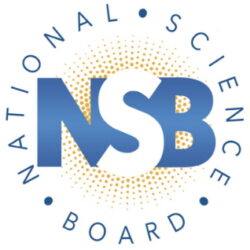Fifty Years of Hip Hop: Celebrating a Cultural Phenomenon
The Birth of Hip Hop
Fifty years ago, a Jamaican immigrant named Clive Campbell—also known as DJ Kool Herc—began experimenting with a new sound. He isolated the instrumental segments of songs, called “breaks,” and developed a turntable method to keep the breaks going. Breaks are fun, funky, and danceable, but they’re also short. Herc’s “merry-go-round” method allowed him to alternate between two records playing the same—or complimentary—breaks, which extended these short musical beats into minutes-long party anthems.
On August 11, 1973, Herc unveiled this method at his little sister’s block party in their Bronx neighborhood. In addition to deejaying, Herc acted as MC. He spoke a monotone rhythm into the mic in a Jamaican lyrical style called “toasting,” hyping his audience and keeping the party going. The young people gathered in the rec room that night developed new dance moves to match Herc’s deejaying and emceeing. He called these dancers b-boys, b-girls, or breakers—what modern, uninitiated audiences might call break-dancers. Herc’s innovative deejaying combined with emceeing and breakdancing set the foundation for an entirely new genre of music. According to legend, this was the birth of hip hop.

What is Hip Hop?
Hip hop culture contains four main elements: deejaying, emceeing—also known as rapping—breakdancing, and graffiti. Herc, a graffiti writer himself, is credited as “the Father of Hip Hop,” but other artists were experimenting with their turntables around the same time as Cindy Campbell’s historic party. Hip hop culture emerged amongst Black and brown youths living in the Bronx in the 1970s, a time of poverty, gang violence, and the proliferation of drugs. Early hip hop was a product of these socioeconomic conditions; it was a resistance artform through which artists could share their realities, both the injustices and the joys, with scratching, rapping, dancing, and writing.
Shaped by Black artists like Herc, hip hop lyrics evolved from African American oral traditions like toasting, boasting, and playing the dozens. Deejays created the beats, and emcees rapped over them. Over several years, hip hop culture and hip hop music spread from the Bronx to metro New York. Eventually, the 1979 release of “Rapper’s Delight” by the Sugarhill Gang introduced hip hop into the mainstream.
The Evolution of Hip Hop
From there, hip hop grew into a global phenomenon. It’s now 50-year history spans generations, styles, and influences. The moderate tempos and battle raps of Old School hip hop made way for rock-tinged New School artists in the mid-1980s. The Golden Age of hip hop saw innovation and experimentation from artists like LL Cool J, Run-D.M.C., and Queen Latifah. Increased interest in racial and social injustice, particularly as it affects Black communities, resulted in the conscious rap subgenre, and other subgenres like gangsta rap emerged. Regional differences gave rise to Miami bass, New Orleans bounce, Atlanta crunk, and more. East Coast and West Coast hip hop have been locked in a decades-long rivalry, and Broadway shows like In the Heights and Hamilton brought rap to the theater. Hip hop has even made its way to the White House.
For over fifty years, this African American art form has adapted and evolved to new sounds, new artists, and new influences. At its heart, hip hop remains a form of self-expression and social justice, encouraging listeners to both “Bring the Noise” and “Fight the Power.”
Celebrating Hip Hop
To mark the 50th anniversary of hip hop, we’ve gathered a selection of hip-hop resources and research:
- “Hip-Hop History: A Course for Change,” published in International Journal of Educational Reform, offers a blueprint for a high school hip hop history course.
- “Race, Class, Gender, and Rhymes: Hip-Hop as Critical Pedagogy,” published in Music Educators Journal, recommends the thoughtful inclusion of hip hop in the music classroom.
- “Keeping It Real in Chinese Hip-Hop: Everyday Authenticity and Coming From the Street,” published in Sociological Research Online, interviews 12 rappers to understand authenticity in the world of Chinese hip-hop.
- “Regional Variation in West and East Coast African-American English Prosody and Rap Flows,” published in Language and Speech, discusses regional variation in spoken and rapped African-American English.
- “A guilty pleasure: The legal, social scientific and feminist verdict against rap,” published in Theoretical Criminology, complicates common critiques of rap music.
- “Rap and Political Participation: Using Rap as a Creative Method in Research with Children and Young People,” published in Young, suggests rap workshops as data collection methods in research concerning children and young people in disadvantaged communities.
- This Methodspace page, brought to you by Sage, features a collection of research resources, including open-access downloads from the Library of Congress.
























































































